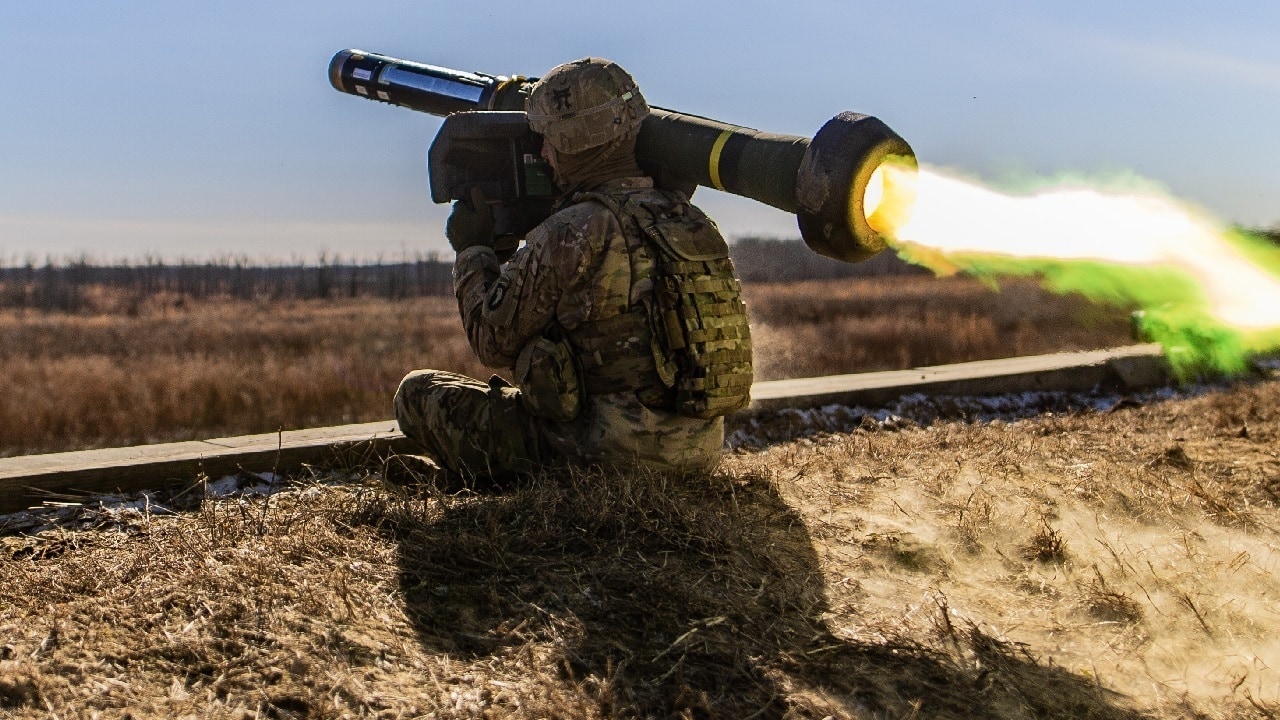Javelin: The Most Famous Anti-Tank System in the World? A mainstay of the United States armed forces’ anti-tank arsenal, the FGM-148 Javelin system, has found significant use in a variety of conflicts since its service entry in 1996. However, Russia’s invasion of Ukraine and the United States’ decision to supply the Javelin system to Ukraine’s armed forces quickly turned the weapon into a household name in its own right.
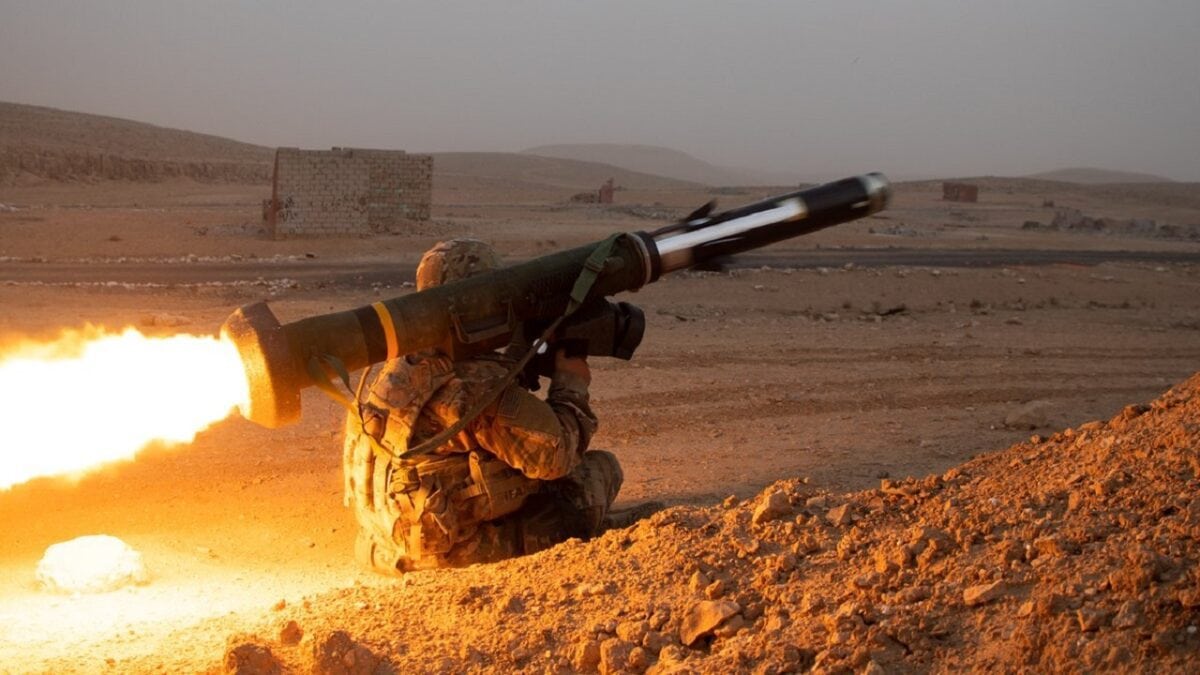
Image of Javelin anti-tank missile. Image Credit: Creative Commons.
What Is the Javelin?
The FGM-148 consists of two constituent parts. The first of these is the reusable command launch unit (CLU), which is the sight of the system that facilitates target acquisition and surveillance.
Unlike the weapon tube, which is disposable, the CLU is reusable.
With a range of 2,500 meters (but with demonstrated effectiveness at 4,000 meters in certain conditions), Javelin can be classified as a “medium-range” weapon.
While Javelin was designed to be a man-portable system at its core, the system can also be mounted on a variety of types of vehicles.
Used by the United States Army and Marine Corps as well as a variety of U.S. allies in Europe and around the world, the Javelin system is a “fire and forget” missile system that relies on lock-on before launch.
Javelin: Some History
Javelin is a man-portable anti-tank guided weapon produced by the Javelin Joint Venture between Lockheed Martin and Raytheon Missiles & Defense.
Development on the system began in 1989 to replace the M47 Dragon anti-tank weapons missile. After entering production in 1994 and service in 1996, Javelin saw service in Iraq in Afghanistan with use in more than 5,000 engagements by 2019.
Scheduled to be in the U.S. military’s inventory until 2050, the Javelin system continues to be updated and produced.
Most recently, the F-Model of the Javelin missile first entered production in 2020 and includes improvements to the missile’s warhead to defeat reactive armor as well as improved case fragmentation that enables the user to strike lightly armored or unarmored targets.
A lighter “G-Model” has followed it in development. When the United States government placed an order for 2,100 additional Javelin missiles, more than 45,000 missiles and 12,000 CLUs had been produced.
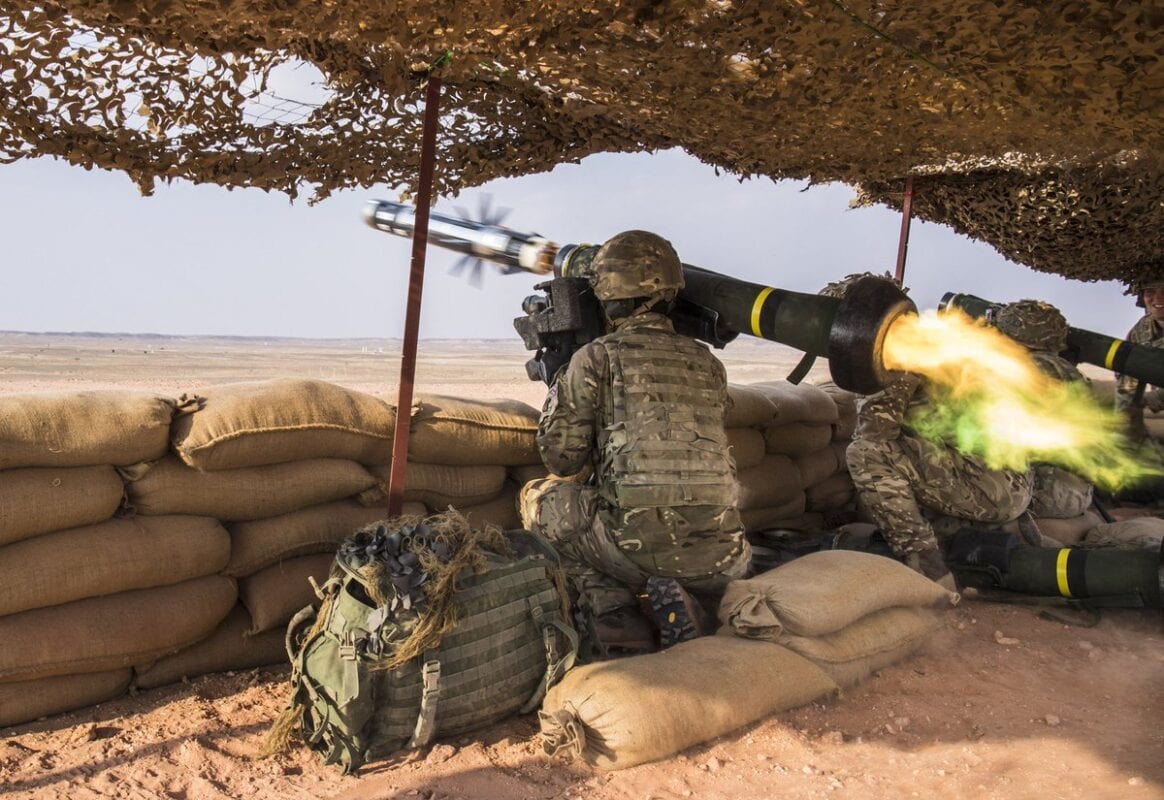
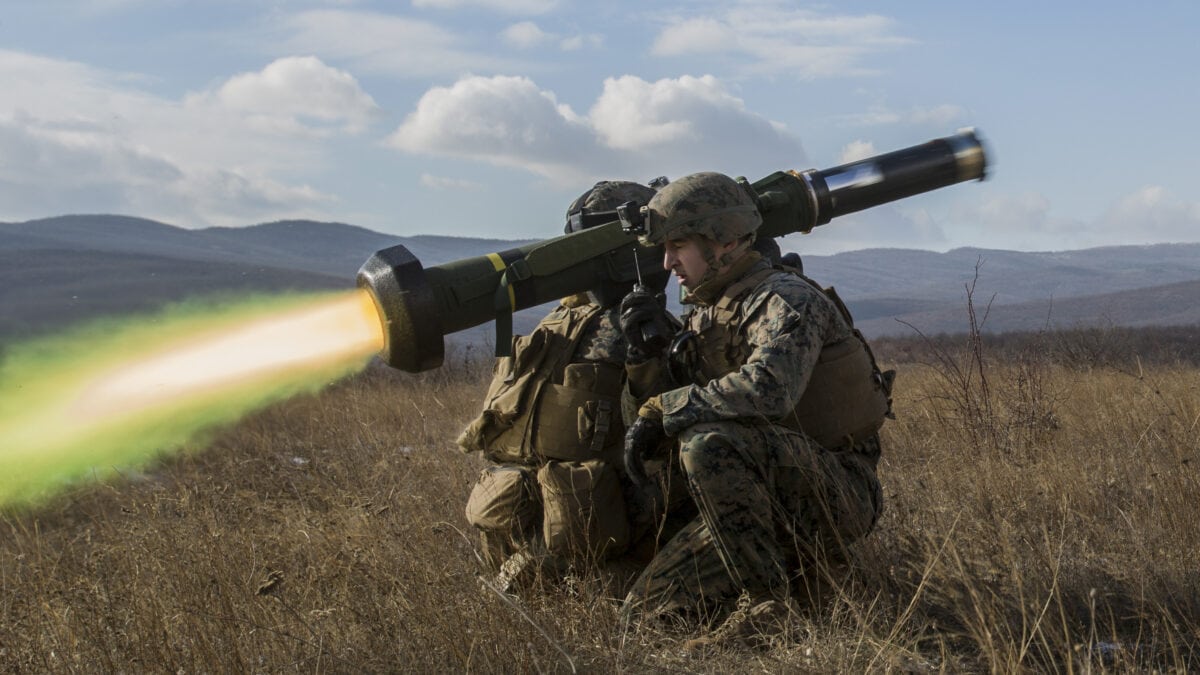
U.S. Marines fire the FGM-148 Javelin Missile during a live-fire range for exercise Platinum Lion at the Novo Selo Training Area, Bulgaria, Dec. 15, 2016. The exercise brought together eight NATO Allies and partner nations for a live-fire exercise aimed to strengthen security and regional defenses in Eastern Europe. (U.S. Marine Corps photo by Sgt. Michelle Reif)
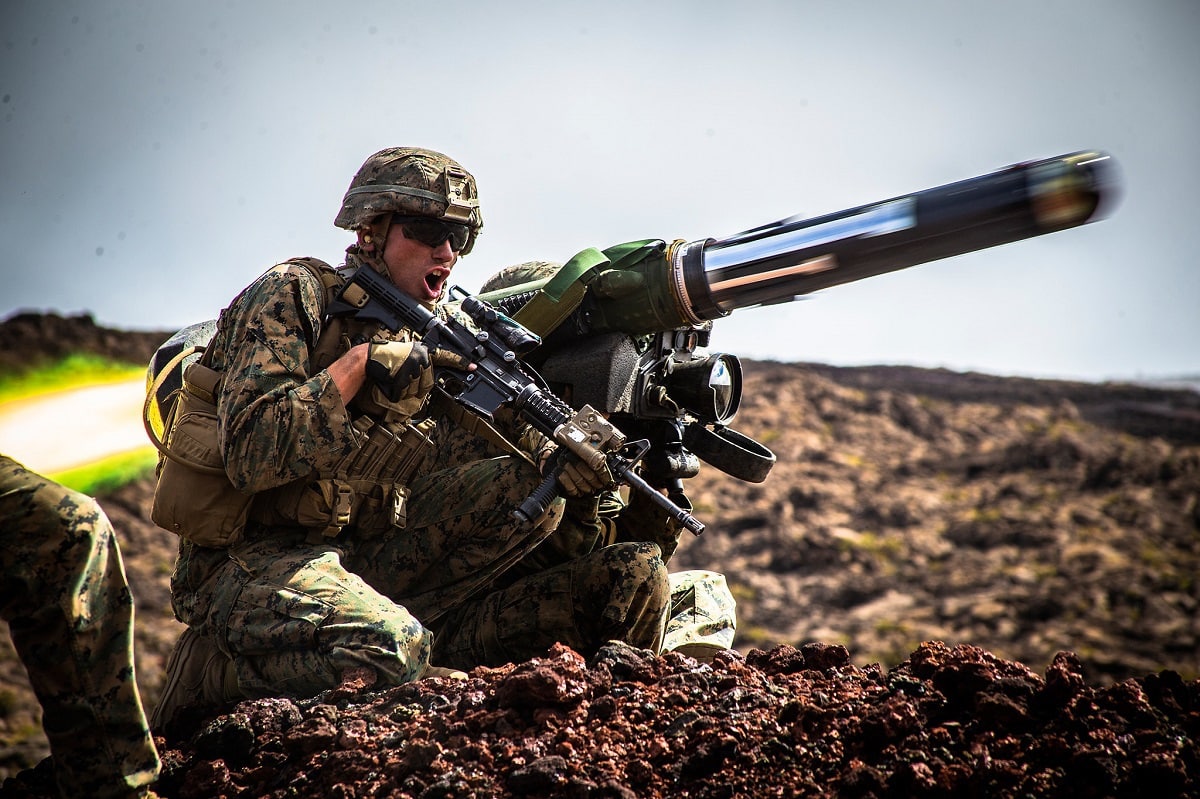
POHAKULOA TRAINING AREA, Hawaii (May 15, 2019) – U.S. Marine Corps Sgt. Troy Mole, section leader, Combined Anti-Armor Team, Weapons Company, 2nd Battalion, 3rd Marine Regiment, fires a shoulder-fired Javelin missile during Exercise Bougainville II on Range 20A, Pohakuloa Training Area, Hawaii, May 15, 2019. Bougainville II is the second phase of pre-deployment training conducted by the battalion in order to enhance unit cohesion and combat readiness. (U.S. Marine Corps photo by Lance Cpl. Jacob Wilson) 190515-M-LK264-0004.
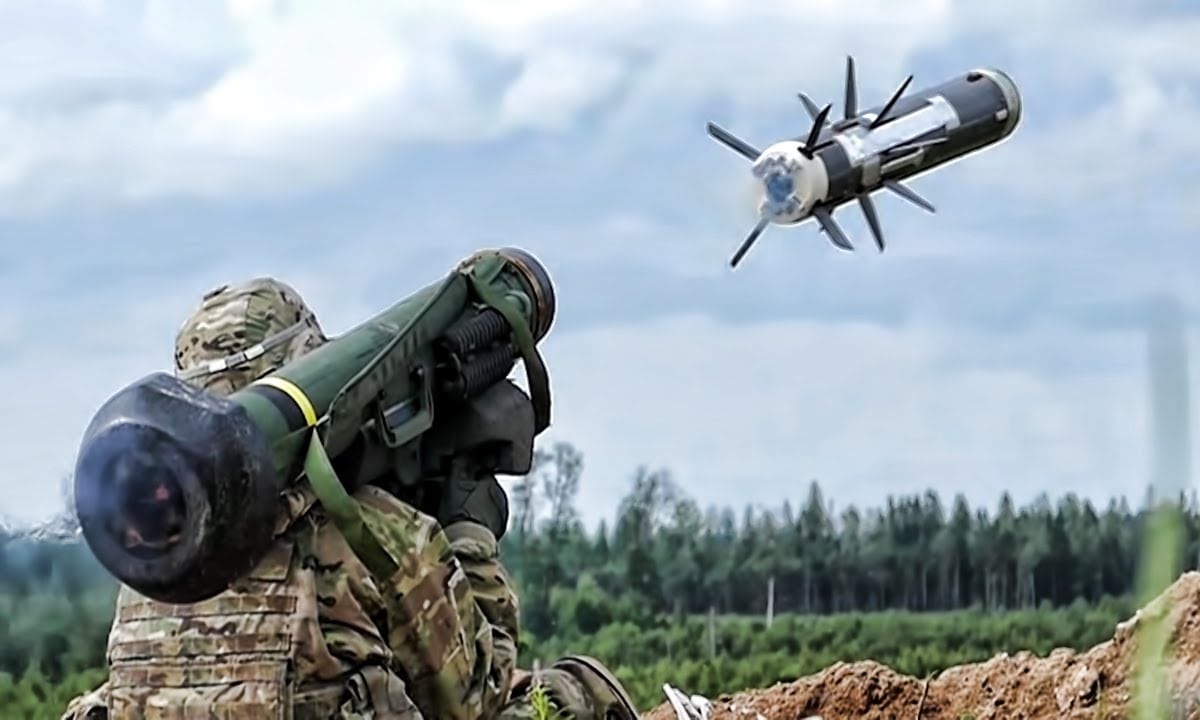
Image: Creative Commons.
Javelin’s assembly plant in Troy, Alabama, was the centerpiece of a recent trip by President Joe Biden to make a case for additional weapons deliveries to Ukraine, including the Javelin.
The employment of the missile system by Ukraine against Russia’s invasion has brought it significant notoriety, even becoming a meme in itself through campaigns such as the viral “Saint Javelin” fundraising drive. U.S. supply of Javelin anti-tank missiles to Ukraine began as early as the beginning of the Trump administration in 2018, but it was not until the outbreak of war that wider arms deliveries began to pick up steam. In the early days of the invasion, Javelin-wielding Ukrainian troops made effective use of their anti-tank systems to halt Russian armored columns at strategic points.
High demand for the missiles in Ukraine, as demonstrated by the use of nearly 300 missiles in the first week of the invasion, has put strain on US stores of the anti-tank system, as U.S. Javelin missile procurement had only reached 2,037 units between FY 2020 and 2022. By some estimates, nearly a third of the U.S. stockpile of Javelins has already been depleted as the anti-tank weapon, which would take years to replenish.
The FGM-148 system is designed to be an anti-tank workhorse of the U.S. Army and Marine Corps and has already seen significant service already around the world. Consistent efforts to broaden the system’s versatility will make it indispensable on future battlefields.
Wesley Culp is a Research Fellow at the Center for the Study of the Presidency and Congress. He regularly writes on Russian and Eurasian leadership and national security topics and has been published in The Hill and the Diplomatic Courier. He can be found on Twitter @WesleyJCulp.

